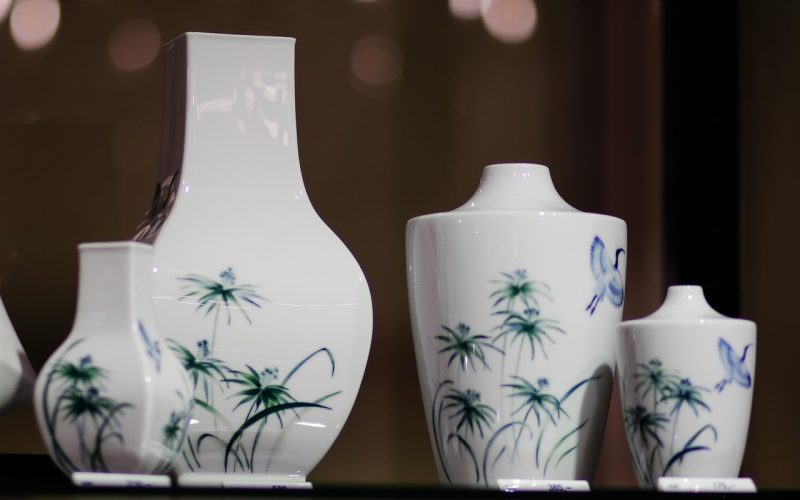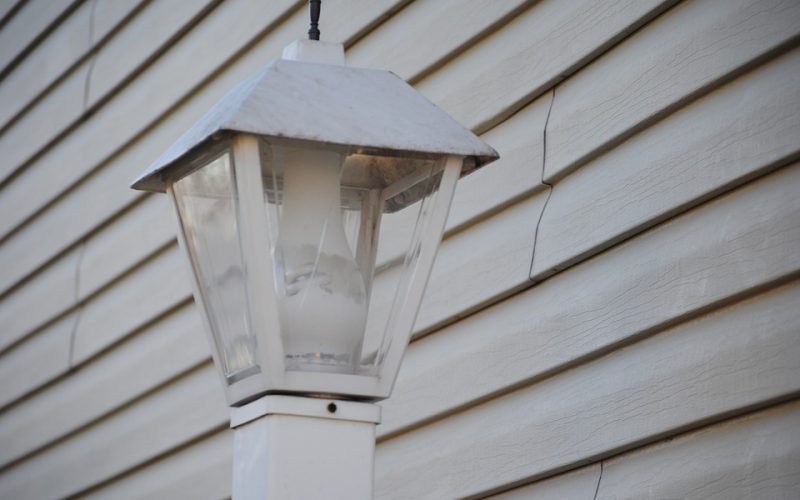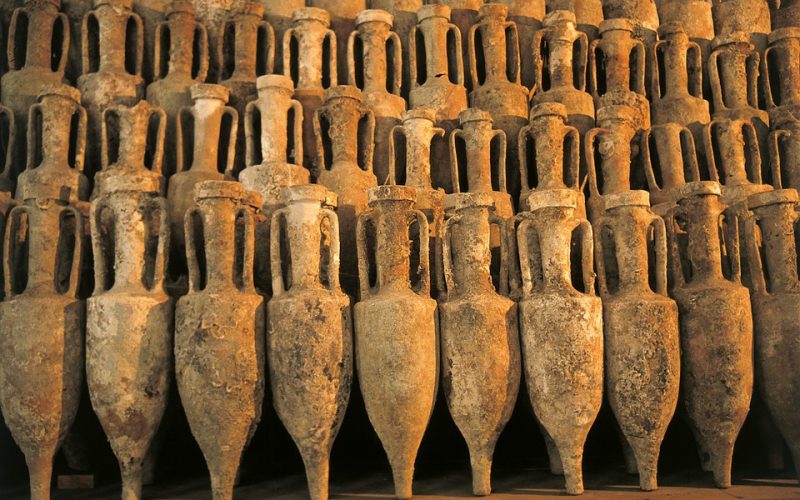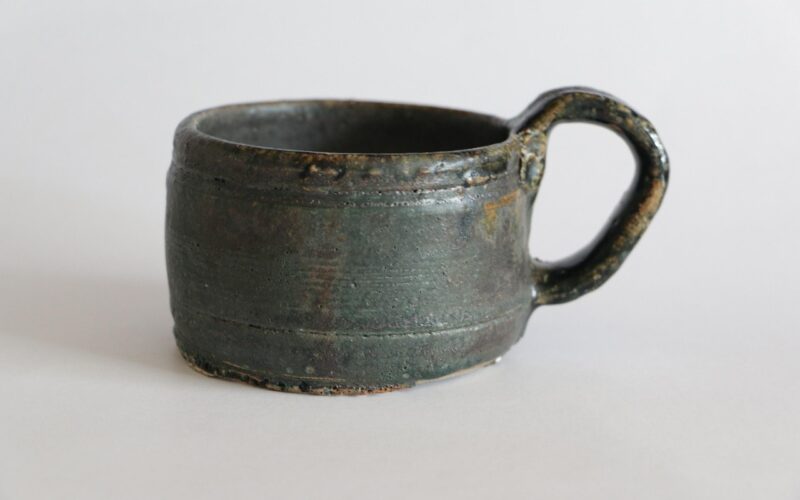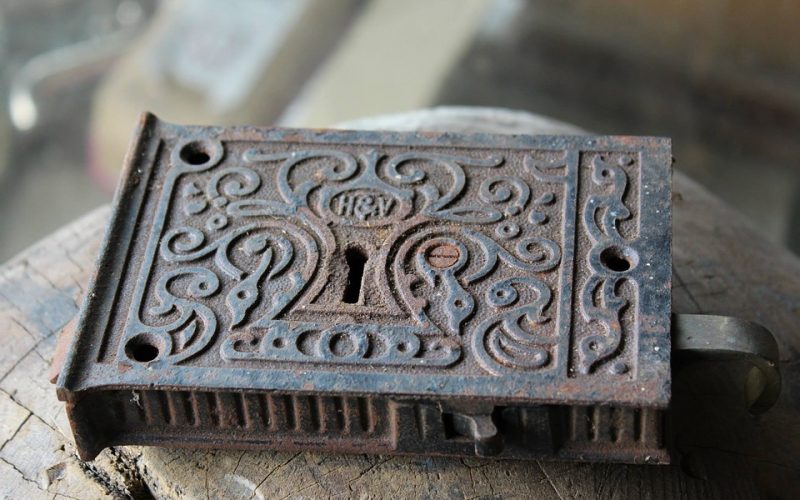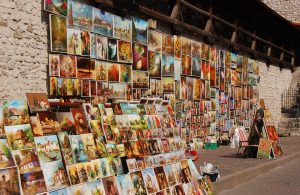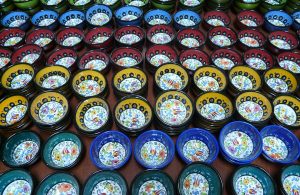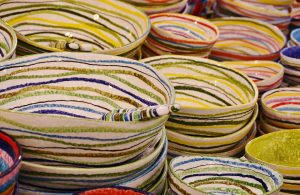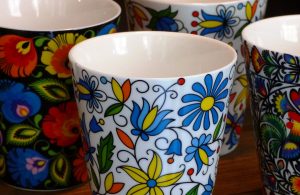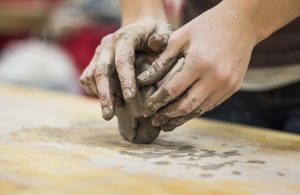Ceramics and glassworks are among the most fascinating forms of human craftsmanship, blending utility with artistic expression. Museums across the globe house celebrated pieces that demonstrate the technical ingenuity and aesthetic finesse of their epochs. From the delicate porcelain of imperial China to the mesmerising stained glass of Gothic cathedrals, these treasures capture the intersection of history, culture, and material science.
The timeless allure of Chinese porcelain
Chinese porcelain has long been revered for its elegance and craftsmanship. Made predominantly using China clay, or kaolin, this ceramic material is famed for its fine texture and translucent quality. The Ming Dynasty era (1368-1644) saw the creation of some of the most celebrated blue-and-white porcelain pieces, many of which grace exhibitions like those at the National Palace Museum in Taiwan. These items reflect intricate motifs inspired by nature, folklore, and mythology, offering a glimpse into the artistic tastes of the imperial court.
Porcelain's popularity spread far beyond China, influencing European ceramics from the 17th century onwards. Collections in The British Museum and the Rijksmuseum include exquisite Chinese-export porcelain, showcasing how this material became a globally coveted luxury.
Stained glass as storytelling in Gothic cathedrals
Few art forms combine light and colour as dramatically as stained glass. While associated primarily with churches, these pieces are also carefully preserved in art museums today. Stained glass reached its zenith during the Gothic period (12th-16th centuries) with iconic examples such as the windows of Chartres Cathedral in France.
Creating stained glass involves melting silica sand with additional materials to achieve clarity and vibrant colouration, a process refined over centuries. Today, remnants of Gothic stained glass windows are displayed in institutions like The Cloisters, a branch of the Metropolitan Museum of Art in New York. These shimmering artefacts provide insight into medieval religious narratives, life, and belief systems.
Japanese raku and its meditative simplicity
Japanese ceramics, particularly raku ware, offer a stark contrast to the symmetry and precision of Chinese porcelain. Developed in the late 16th century, raku is closely tied to the tea ceremony under the Zen Buddhist tradition. Its unpredictably shaped forms and subdued, earthy tones embody simplicity and imperfection.
The Kyoto National Museum houses several examples of raku, including tea bowls offering a more spiritual connection to the art of pottery. Made from locally sourced clay, including some varieties akin to China clay, raku kilns rely on lower firing temperatures, which allow for spontaneous and natural surface patterns.
Venetian glass: a marvel of innovation
The island of Murano in Venice is synonymous with artistic glassmaking. Venetian glassmakers have been refining their craft for centuries, blending silica sand with minerals to create breath taking works of art. Techniques such as millefiori (a thousand flowers) and filigrana (threads of glass) cemented Murano's legacy, with many masterpieces housed in Venice's Museo del Vetro.
Recycled glass is a feature of modern Murano artistry, combining tradition and sustainability. By reusing old glass, artisans preserve scarce raw materials while maintaining the exceptional quality for which Venetian glass is renowned. Visiting Murano or viewing these remarkable pieces in exhibitions brings the intricate skill and creative energy of Italian artisans to life.
Islamic pottery and its intricate detail
Ceramics also blossomed in the Islamic world, where artisans employed dazzling glazes and geometric patterns to decorate everyday items. Museums such as the Louvre in Paris and the Museum of Islamic Art in Doha showcase spectacular examples of lustreware — a type of pottery adorned with iridescent metallic finishes.
Many Islamic potters combined natural base materials like silica sand with metal oxides to achieve their signature shimmering effect. These decorative details often conveyed spiritual or botanical imagery, blending functionality with profound artistic value. The fine craftsmanship reflects the broader intersection of religion, science, and art in Islamic culture.
Modern glass and its artistic revival
Famed artisans like Dale Chihuly have expanded the boundaries of glass as an art form in recent years. Using techniques honed by centuries of tradition, Chihuly and his peers transform recycled glass into dynamic, immersive sculptures. His works, including installations at the Chihuly Garden and Glass Museum in Seattle, highlight the interplay of colour, light, and three-dimensional form.
By repurposing materials like recycled glass, contemporary artists not only honour their craft's history but also address environmental concerns. This modern approach ties contemporary glasswork to sustainable creativity, ensuring its relevance in today's art scene.
From the refinement of imperial porcelain to the grandeur of Gothic stained glass, ceramic and glass artefacts offer a lasting legacy of human creativity. Each piece, shaped by materials like China clay or silica sand, tells a unique story of its origins and purposes. Whether steeped in ancient tradition or reimagined through modern innovation, these works inspire awe and admiration across time and cultures.
